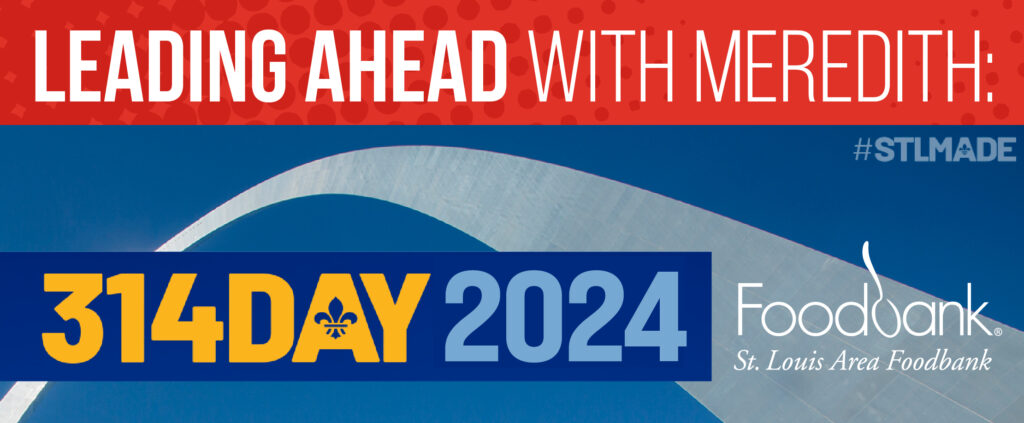This week is National School Breakfast Week, spotlighting the benefits of school breakfast for kids across the country.
The School Breakfast Program (SBP) is designed to give students affordable access to food at the start of each school day, which promotes better learning outcomes as well as happier, healthier kids. Fortunately, like school lunches, school breakfast is heavily subsidized or free for students from low-income families.

But even as we celebrate this important federal program, we cannot help but take note of troubling recommendations coming from the House of Representatives.
On January 23rd a bill titled “Choices in Education Act of 2017” was introduced in the United States House of Representatives. The first half of this bill (H.R.610) repeals the Elementary and Secondary Education Act of 1965, replacing it with an educational voucher program.
As introduced, Title II of the bill – the “No Kid Hungry Act” – also repeals a 2012 rule established by the USDA that enforces nutritional standards for the National School Lunch and Breakfast Programs. These standards – designed to support student health through better, more balanced nutrition – require schools to offer more fruits & vegetables, whole grains, and low or fat-free milk while limiting the amount of sodium, saturated fats, and trans fats in school meals. The standards also provide guidelines for meeting the caloric needs of students at different ages and stages of development.
At the St. Louis Area Foodbank, 31% of the people we serve are children, 95% of whom participate in the National School Lunch Program. These students rely on food from school to make up for shortfalls at home, which puts schools in a unique position to provide for kids’ nutritional needs.
According to a 2016 report from The Pew Charitable Trusts, “[s]tudies of schools in three states—Connecticut, Texas, and Washington—show that under the updated standards, children’s eating habits are improving […] Students of all ages are choosing lunches higher in nutritional quality and lower in calories per gram and consuming more fruits and larger shares of their entrees and vegetables.”
This is great and important news for children suffering from food insecurity, but this progress might be short lived if nutritional standards are rolled back.
The National School Lunch Program is one of the country’s most important safety net programs, one that helps kids who might otherwise face serious nutritional deficits in adolescence and the many long term consequences of hunger as adults.
While H.R.610 has only recently been referred to the House Committee on Education and the Workforce, and while it is far too soon to tell if this bill will rouse much support in the House or Senate, it does raise serious questions about how we support the most vulnerable kids in our communities.
Hunger – especially child hunger – is a bi-partisan issue that demands our best thinking and effort. We will continue to follow this bill and others concerning the hunger safety-net and child nutrition in the weeks and months to come. We invite you to join us.

